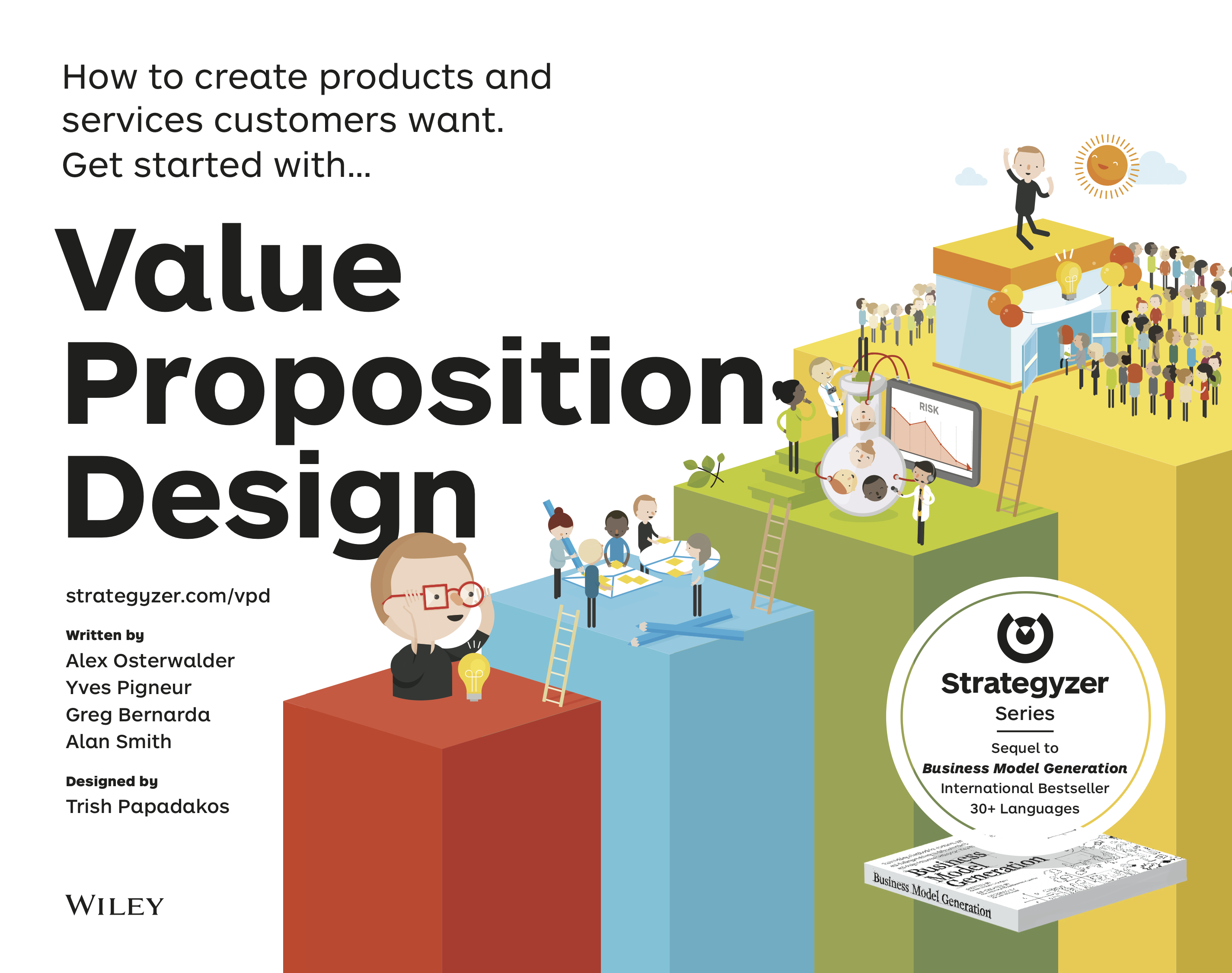CfP – Developing visual collaborative tools
Call for Papers – Minitrak “Developing Visual Collaborative Tools” at HICSS 2019 (in Collaboration systems and technology), chaired with Stéphanie Missonier & Kalle Lyytinen, w/ Dina Elikan and Hazbi Avdiji.
Visual collaborative tools have recently emerged and gained popularity to innovate and/or address problems collaboratively within teams (Avdiji et al., 2018). By providing a shared language and/or a shared visualization (Bresciani and Eppler, 2009; Comi and Bresciani, 2017), they support several challenges of collaboration related to sense-making and sense-giving and action planning in multi-or transfunctional teams. One of the goals of these tools is to assist teams to explore and/or brainstorm on a given problem. This is especially useful in processes which need to generate new options and alternatives through design. These tools allow for better structuring and bounding of a problem and facilitate solution searches in innovative ways during collaboration (Osterwalder and Pigneur, 2010; Van der Pijl et al., 2016).
This minitrack focuses on the design and development challenges, related theoretical explanations and justifcations, and empirical evidence of using such tools. We also invite works that develop evaluation frameworks or conduct empirical assessments of the effects of using these tools. We also encourage submissions that report the design processes of such tools and/or their modeling, as well as, their ontological and/or cognitive foundations.
Specifically, this minitrack invites submissions on the following topics (but is not limited to them):
- Design / Development process of visual tools
- Design principles of this/these tool/s
- Modeling methods, ontological modeling of methods that underlie the tools
- Conceptual foundations of visual cognition and related sense making
- How to design such tool(s) for shared visualization
- Explanations how visual tool/s can support innovation in teams
- In what way/s these artifacts can facilitate cross-boundary collaboration
- The role of visual tool/s in promoting the use of design thinking (and vice versa)
- The role of IS research and design theories in designing such tool/s for managerial/strategic purposes
- How the models of these tools can be transformed into computer-aided design options downstream
- Implications of such tools for design practice and theory
Instructions to authors: here
Submission deadline: June 15th, 2018
Notification of Acceptance: August 17th, 2018





